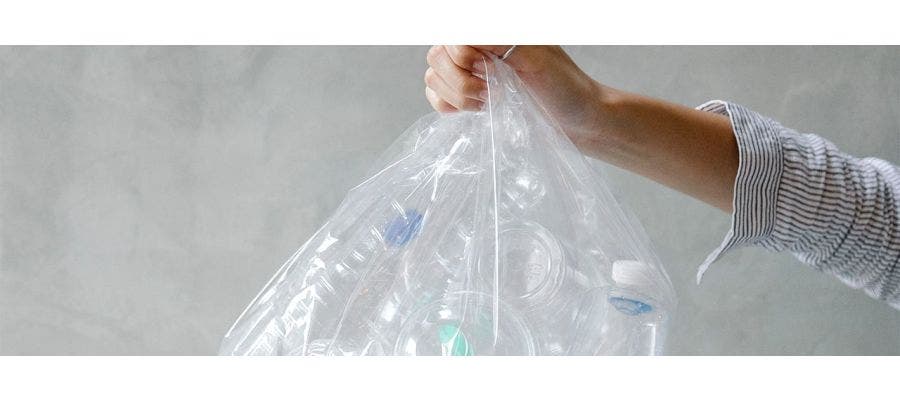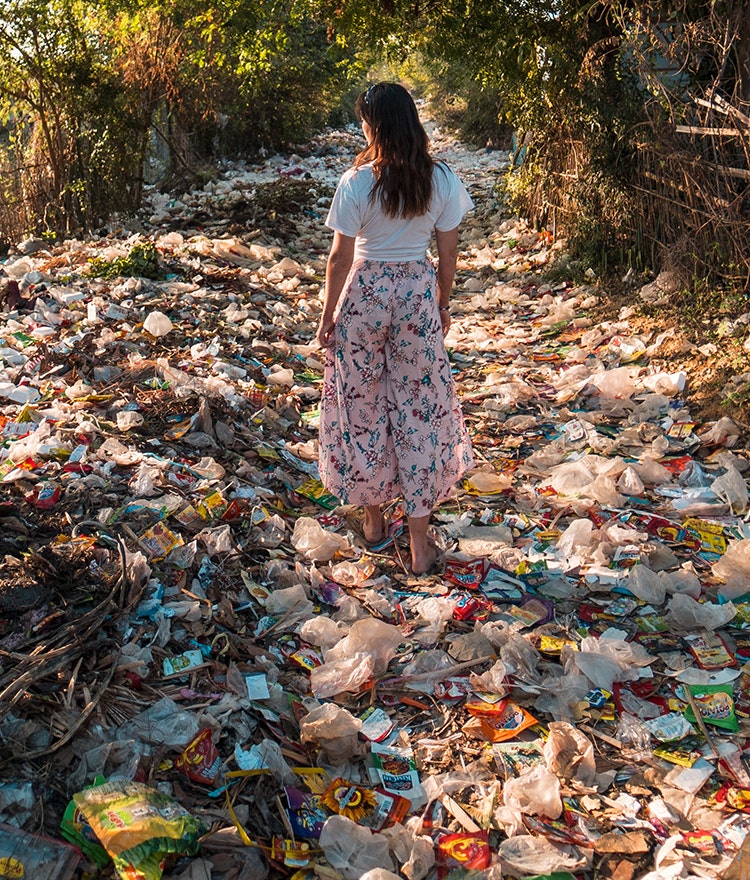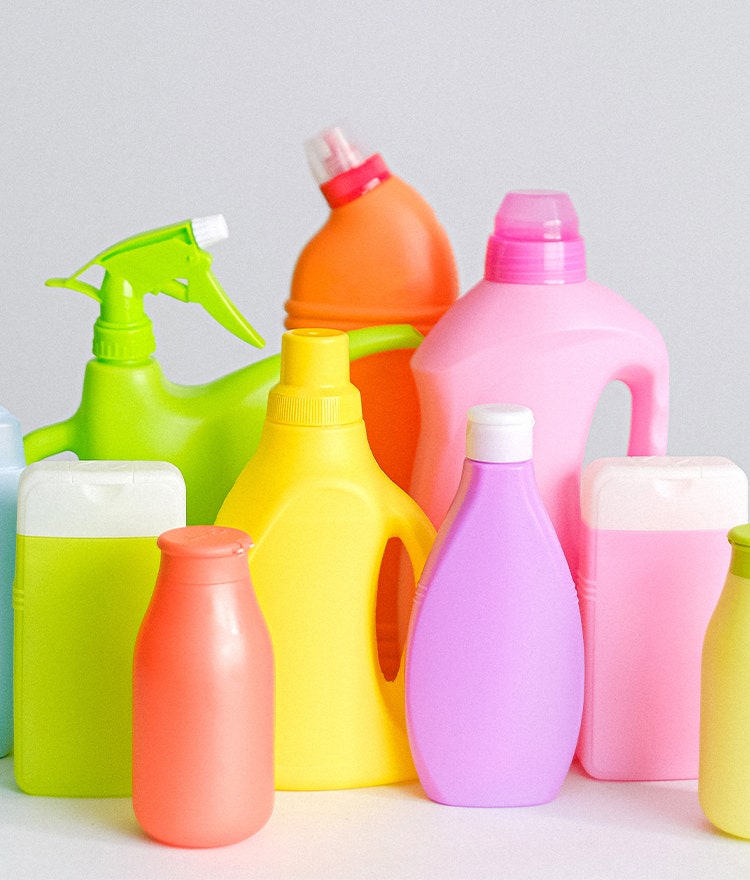
If you ask a room of people why recycling is important, chances are that you’ll hear various versions of, “It’s good for the environment.” We all learned about recycling in elementary school, right?
Of course, the older, wiser and greener we get, the better we understand why recycling matters so much. What’s not to love? But if you ask that same group of people about the logistics of recycling, you’ll probably get a wide range of replies (and more than a few confused faces). The truth is that the process of recycling at home isn’t so clear, requirements vary, and many people get overwhelmed and give up.
Happsy is here to help! Keep reading for practical recycling tips and information from a sustainably minded brand you can trust.
So, why recycle … really?
Recycling at home isn’t just a good habit to form – it’s a critical step in protecting our planet for generations to come. Simply by recycling your own plastic, cans, cardboard and more, you help:
- Reduce waste sent to landfills
- Conserve our planet's natural resources
- Decrease pollution and CO2 emissions
- rotect our wildlife and ecosystems
- Reduce energy consumption
- Fight against climate change
- Create jobs and boost local economies
But in many cases, if you’re not recycling properly, you may as well not be recycling at all. If you’re asking, “Well, then how do I recycle properly?”, the answer depends on what it is you’re recycling. Here’s what we mean.
First things first: the plastic problem


Let’s start with a biggie – recycling plastic can be confusing! For cans and glass jars, you just have to peel off the label and rinse; for cardboard boxes, empty and flatten. But, not all plastic is recyclable, and those plastic recycling numbers are hard to remember!
However, the complexity doesn’t make recycling plastic any less important. When you recycle it correctly, plastic gets repurposed – i.e., your water bottle might become a milk jug. By putting in the effort to recycle plastic products, the hope is that we are no longer creating NEW plastic and simply reusing the existing plastic already on our planet.
It’s a hefty goal considering recent studies show only about 5% of plastic is getting recycled in the United States. This number is painfully low. When plastic ends up in a landfill, it takes up to 1,000 years to decompose – all the while off-gassing toxic chemicals into the soil.
Plastic recycling tips to get you started!
What plastics can and can’t go into your recycling bin? Keeping the non-recyclables out of the bin is important so you don’t risk adding time and money to the recycling process, jamming the equipment and contaminating materials. Here’s quick list of common plastics in your home that can’t go into your recycling bin:
- Plastic bags
- Hard plastic (think tupperware containers)
- Prescription vials
- Takeout containers
- Plastic wrap
Additionally, any product that uses plastic combined with other materials usually cannot be recycled. If you’re ever uncertain about an item, there are excellent resources like The Recycling Coach app that provide local guidelines.
What do the plastic recycling numbers mean?
You may feel flashbacks to chemistry class here, but we promise to keep it simple. The plastic recycling numbers reflect a system for classifying plastic types as follows:
- Polyethylene terephthalate (PET or PETE)
- High-density polyethylene (HDPE)
- Polyvinyl chloride (PVC)
- Low-density polyethylene (LDPE)
- Polypropylene (PP)
- Polystyrene (PS)
- Miscellaneous plastics
Plastics 1 and 2 are widely accepted most everywhere, so you’re probably safe to assume you can throw anything with those numbers into your recycling bin at home. These 1s and 2s include a lot of your milk cartons, mayo jars, soda bottles, laundry detergent containers, etc. Sadly, the rest tend to be off limits altogether or only accepted in some areas. Always check your local guidelines.


5 Surprising items You CAN recycle
Spaghetti sauce jars, water bottles and aluminum cans are all among the most commonly known recyclable items. However, that’s just the beginning! There are all sorts of items you can recycle – even if you can’t just toss them into your recycling bin. Here are some of our favorites:
- Toilets! Porcelain and ceramic toilets can be crushed and turned into gravel/fill materials.
- Sports equipment like baseball gloves, baseballs and tennis balls can be recycled with companies like Play It Again Sports that make athletics more sustainable and more affordable.
- Holiday lights can be recycled with organizations like Holiday LEDS. Bonus: they provide a discount code for replacement lights!
- The device you’re reading this on right now is recyclable! Phones, computers, etc. can all be recycled for parts, so before tossing outdated devices in the trash, check to see who recycles them locally.
- Last but not least, mattresses! We’re big advocates of this one. When someone purchases one of our organic mattresses, it likely means they need to get rid of their current mattress. Take a look at this blog post on getting rid of your old mattress sustainably.
There are many other surprising items you can recycle. Check out Terracycle, a company that’s helping to curb throwaway culture and recycle hard-to-recycle items, for more recycling inspiration and insight!
When you can’t recycle, dispose responsibly!


It is easy to throw away something you no longer need, but taking the extra step to keep that pair of sneakers or that toothbrush out of the landfill matters. Here are some responsible disposal suggestions:
- Donate locally to organizations like Good Will or Habitat For Humanity.
- Remember pet shelters, too! You can often donate old bedding, pillows, etc. that may not be suitable for people but would keep a pet comfy.
- Repurpose what you can! For example, some people use coffee containers to store snacks or as a change jar.
- Disposing of batteries? Check with your local or state solid waste authority – they may be able to recycle them, and, if not, they can advise on safe disposal.
- Use a junk removal service you can trust like our friends at Load Up.
- Check out Earth911 for helpful tips on recycling, repurposing and disposing in a sustainable manner.
When you choose to recycle, you’re doing something much bigger than simply keeping trash out of the landfill. You are actively choosing to conserve our natural resources, reduce air and water pollution from toxic items being introduced to our environment, and reduce greenhouse gasses. To put it simply, we only have one Earth. We only get one shot at taking care of it.



